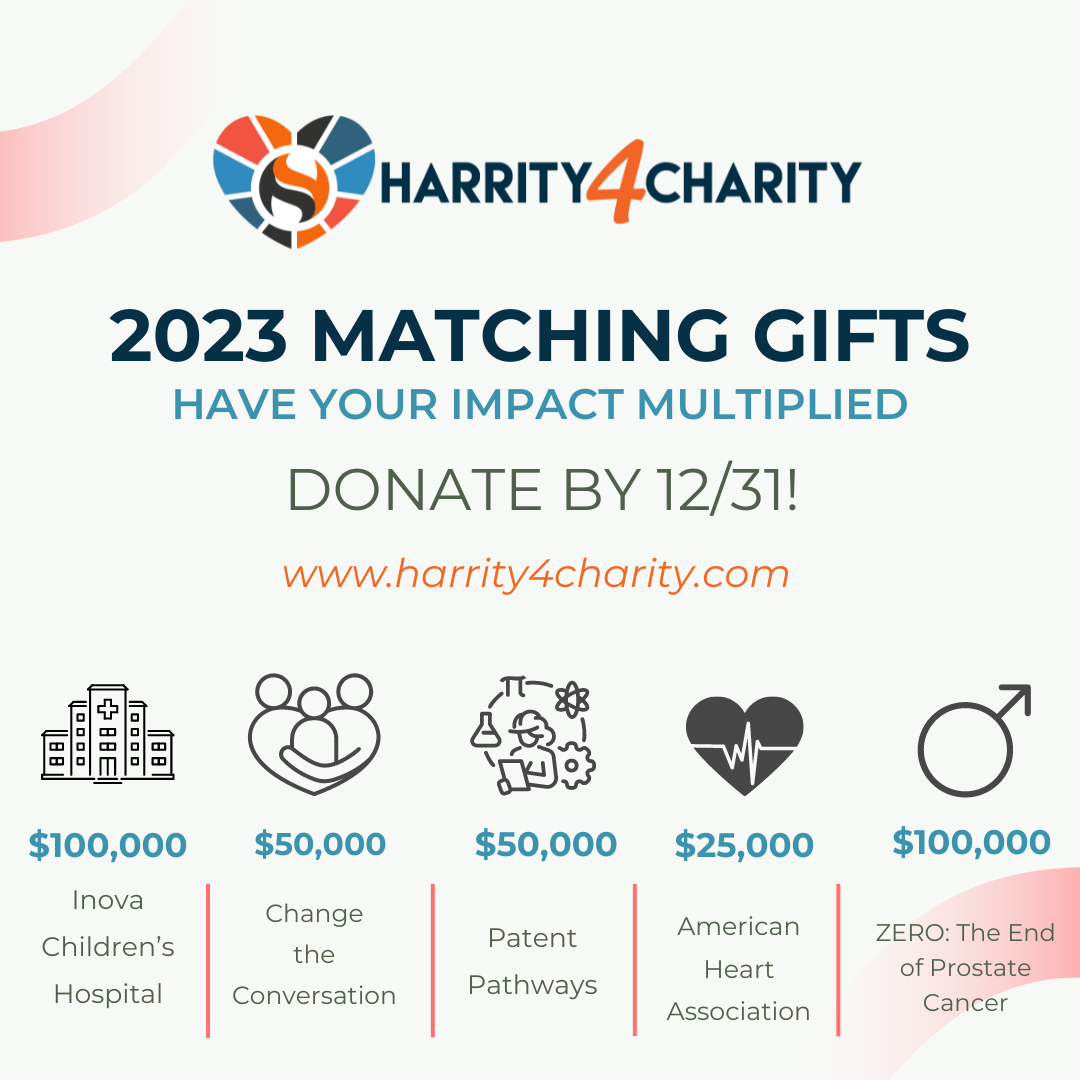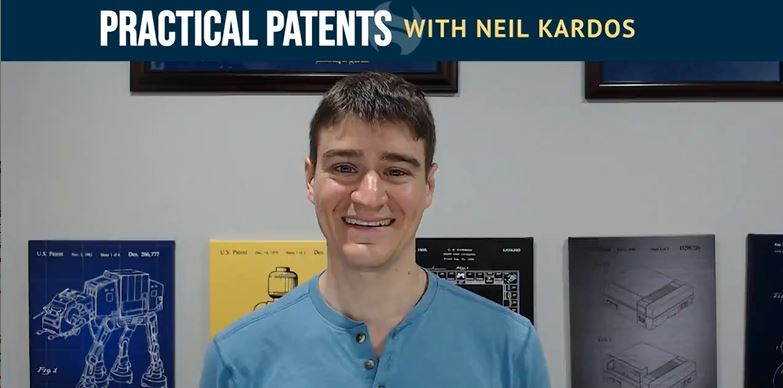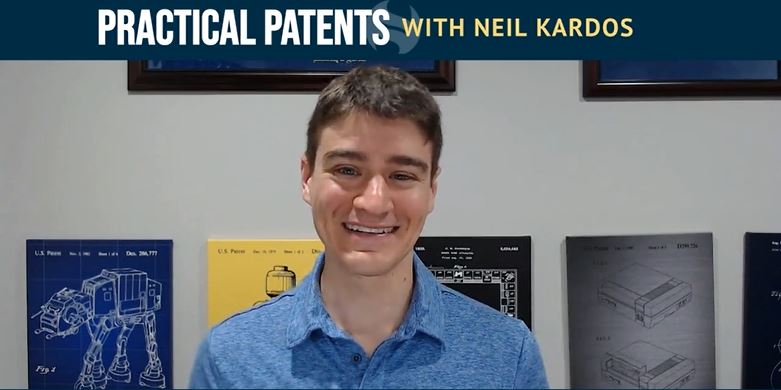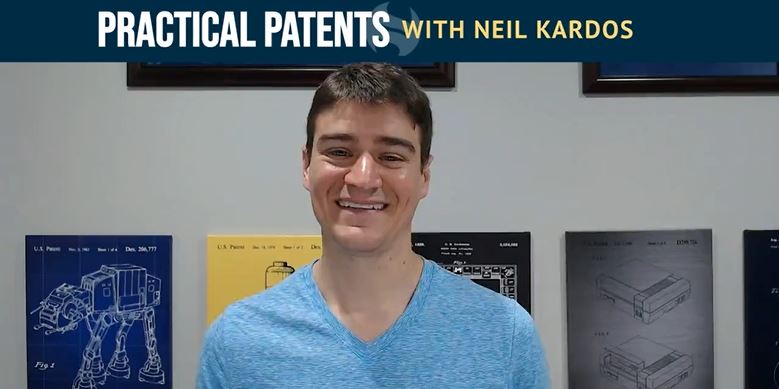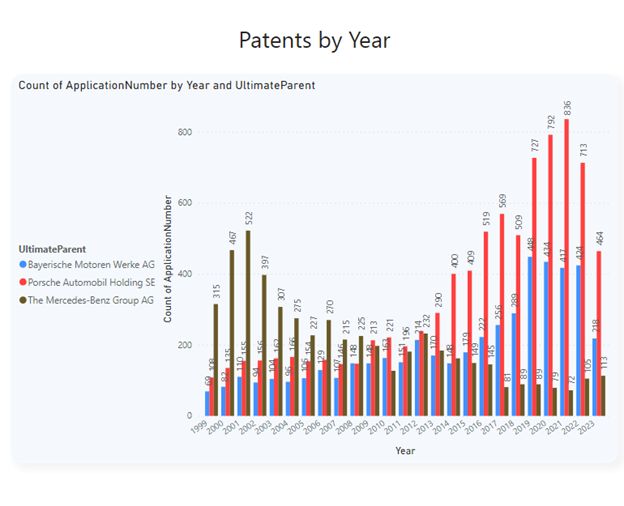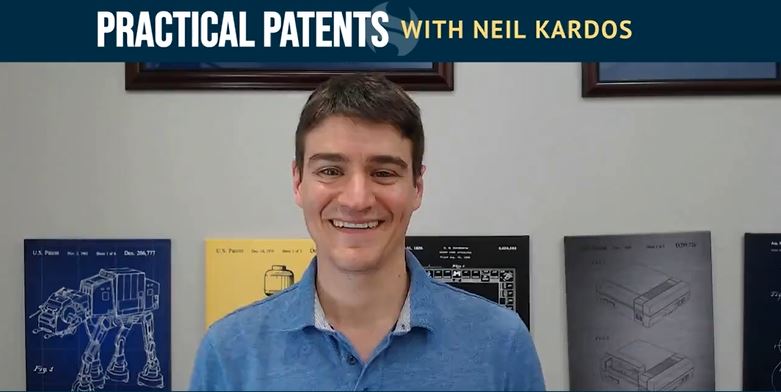Efficient Patent Application Drafting: Minimizing Rework in Inventor Interviews
In the world of patent application drafting, efficiency is key. Neil Kardos offers valuable insights into making the process more streamlined, especially in handling inventor interviews. A common trap many patent practitioners fall into is the inadvertent engagement in rework, particularly in the way inventor interviews are conducted. Transcribing or listening to the entire recording of these interviews, as it turns out, is a significant time sink.
Recording inventor interviews is useful as a backup, but relying on them extensively for information can lead to inefficiency. Instead, Neil advocates for effective note-taking as the cornerstone of efficiency. This involves preparing questions in advance, written in blue ink, and noting down answers in red during the interview. This method is flexible, working well with both traditional and digital note-taking methods.
In this process, strategic note-taking is key. It’s important to avoid noting down information that is already known or included in the invention disclosure form (IDF). The focus should be on clarifying ambiguities and jotting down new insights. If you fall behind in note-taking, marking the time elapsed in the interview can help you quickly locate the needed section later, should you need to revisit the recording.
Modern technology, such as screen sharing, can further enhance the efficiency of reviewing recordings, allowing for quick navigation to relevant sections. A critical aspect of this process is setting aside time for a post-interview debrief. This could range from determining focus areas for claims to drafting the claims and figures. Neil describes this method as “frontloading,” a highly effective strategy that he discusses in more detail in another presentation.
Neil’s advice highlights subtle but impactful methods for refining workflow in patent application drafting. By adopting these strategies in inventor interviews, patent practitioners can transform a routine task into a significant efficiency booster.
Don’t forget to come back for more tips in the next installment of the Practical Patents Series. Until next time, happy patenting!
Note: This blog post is based on the opinions and observations of the author and should not be considered legal advice. Consult a qualified patent attorney for specific guidance on patent application drafting.
Want more tips? Check out other Practical Patents videos with Neil Kardos here!


